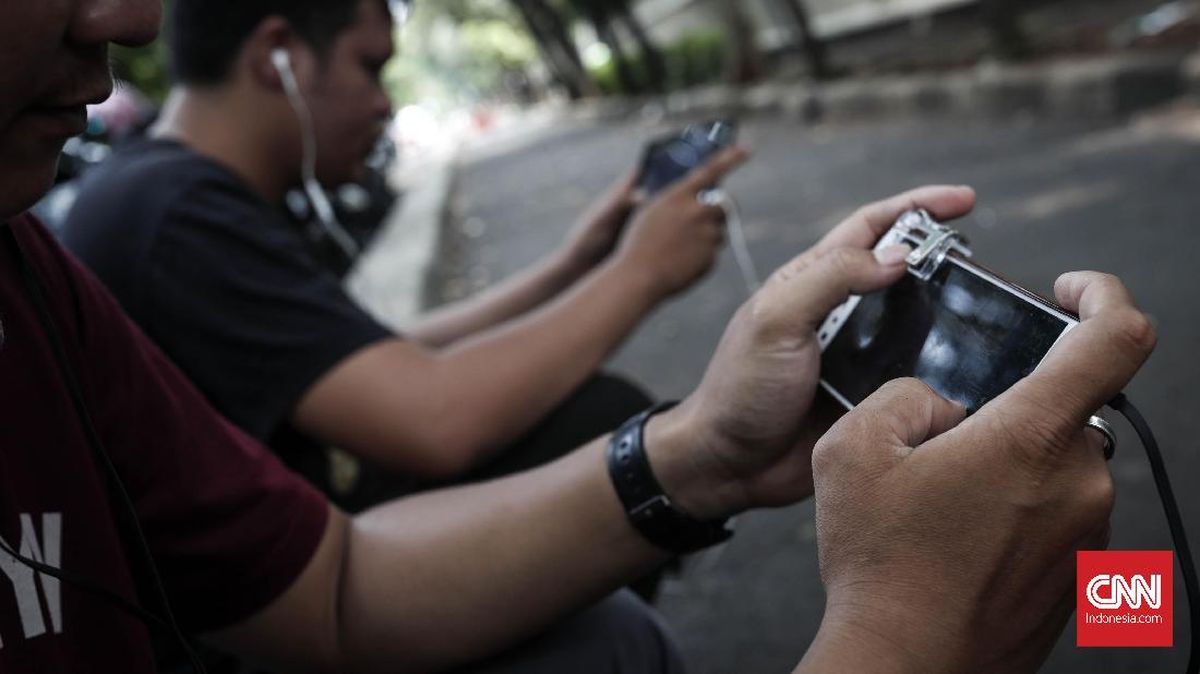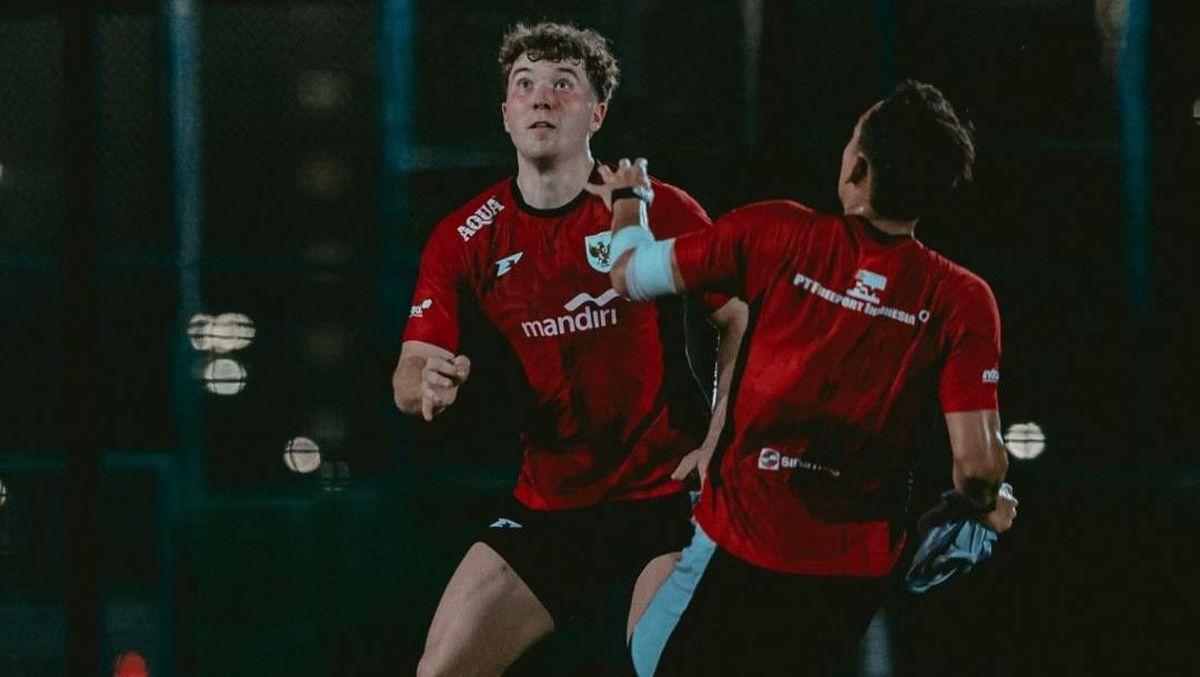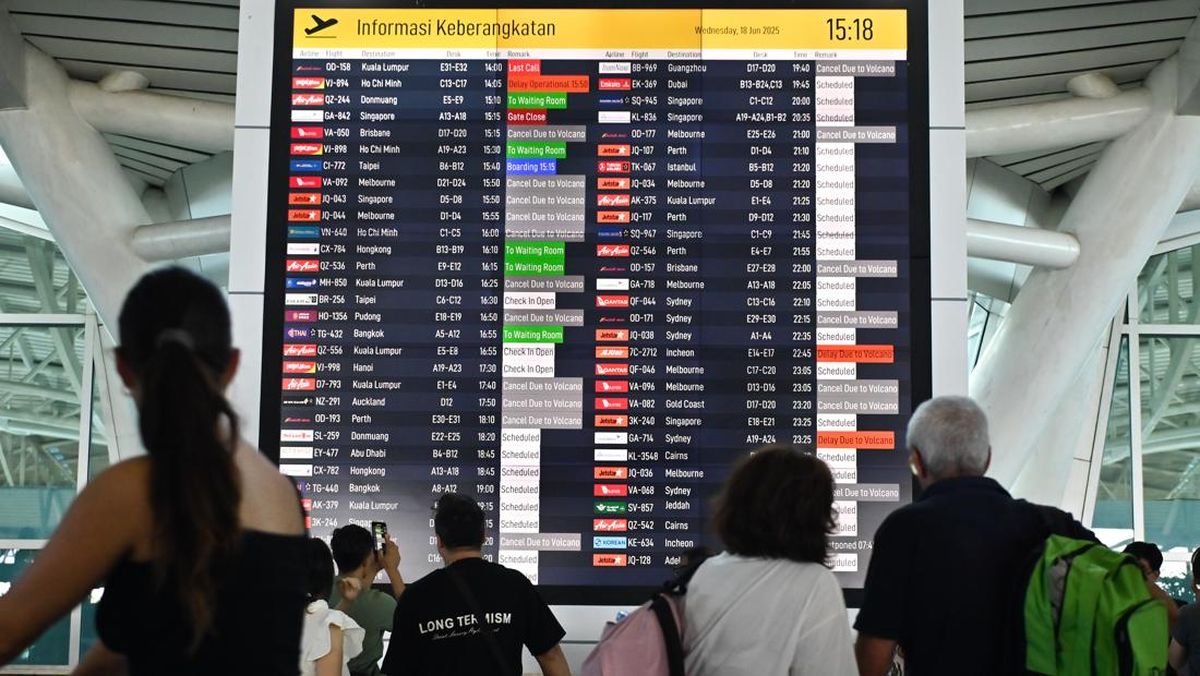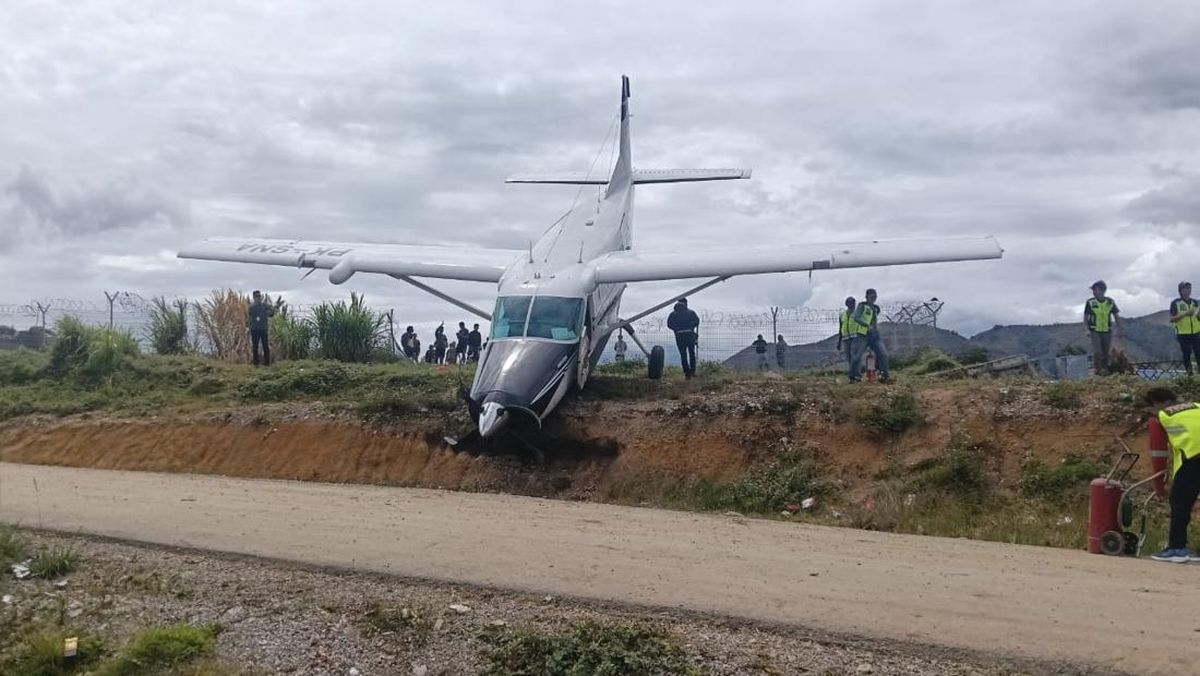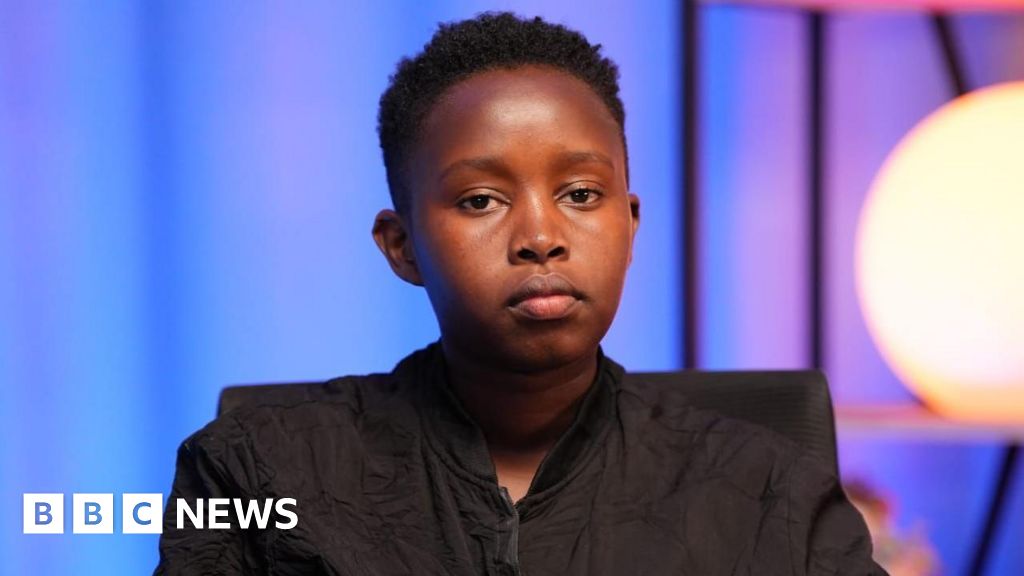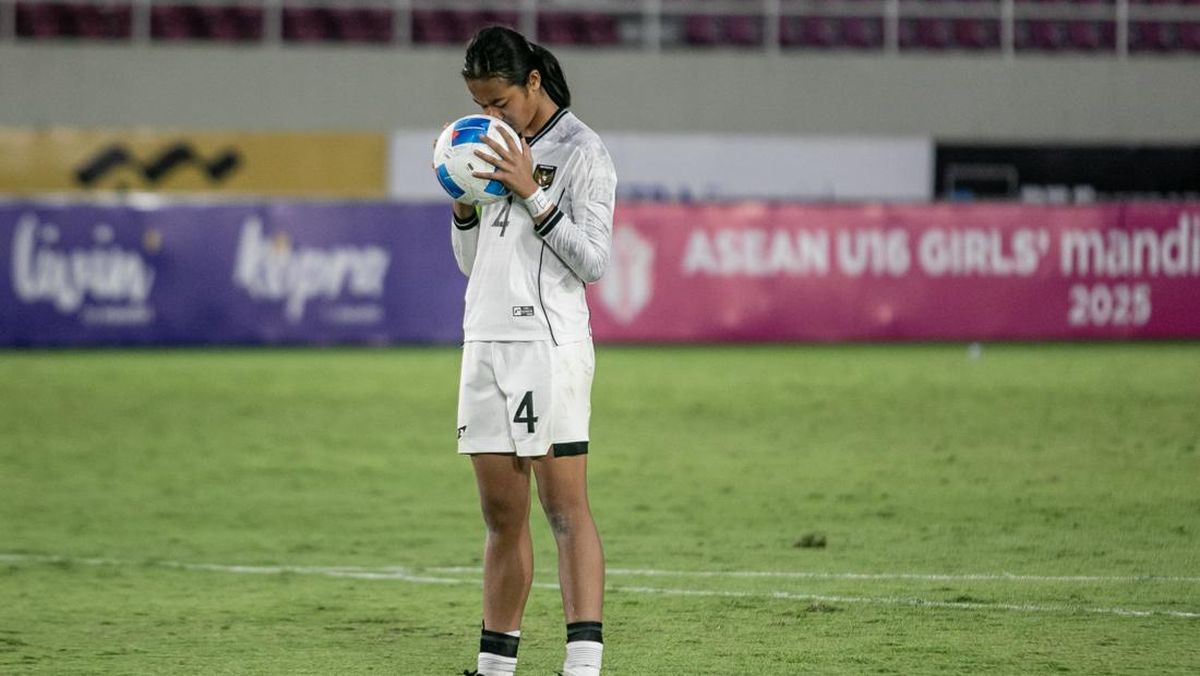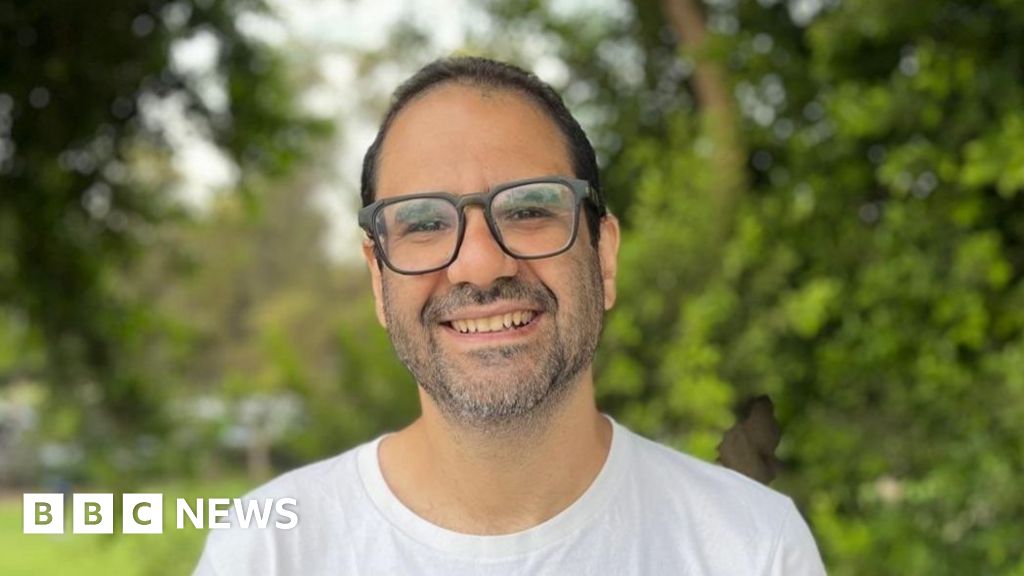In the dead of night, a feral tabby cat sniffs curiously at a gate before cautiously stepping towards the opening.
But her luck has run out: the trap springs shut over the cat, whose belly looks full of prey – or kittens. The hunter has become the hunted.

A feral cat being caught in a humane trap north-west of Bourke.Credit: Bush Heritage Australia
Every year in Australia feral cats kill an estimated more than 3 billion animals; more than 200 of which are threatened species.
This device in Naree, north-west of Bourke in NSW, is just one of seven smart traps around the country that could help tip the balance against feral cats.
There’s more than one way to catch a cat: traditional methods include leg traps, cage traps, and the more controversial 1080 poison bait, which can be delivered in bait stations or through targeted devices called Felixers that spray poison directly onto target animals.
But a new collaboration between conservation charity Bush Heritage Australia, feral pest managers, government and the private sector is utilising ambitious new technological solutions in the fight against ferals.

Timberscope co-director Rod Brindley inspects one of the old-style cat traps on French Island in Victoria.Credit: Jason South
Over the next 12 months, Bush Heritage Australia and its partners will roll out 100 smart traps across Australia, which can distinguish between invasive species and marsupials in almost-real time.
The traps are equipped with AI, which can detect a feral cat by comparing the animal approaching the trap with hundreds of images.
Once a cat is trapped, the system sends an alert to the mobile of a registered pest control worker, who can then humanely destroy the animal – removing the risk of animals being trapped and distressed for long periods of time.
On French Island in Victoria’s Western Port, authorities have been engaged in a multi-year game of cat and mouse to try to catch the last of the estimated 20-30 feral cats on the island.

Rod Brindley (left) and James Smith inspecting a smart trap at French Island.Credit: Jason South
Timberscope feral animal management co-director Rod Brindley said the more than 350 traditional traps on the island had caught thousands of cats.
“They’re wandering further now, you know. The last one’s going to be the hardest one to get; that’s for sure.”
Traditional traps are a blunt instrument. Workers spend hours every day setting them, checking them, and releasing the bandicoots, potoroos, and other native wildlife inadvertently caught in the war on cats.
On the day this masthead visits a determined echidna has been caught in a caged trap, and shows no willingness to leave before it is pried out into reluctant freedom.

Smart traps have been installed at locations around Australia by Bush Heritage that are a game changer for the reduction of feral cats.Credit: Jason South
Current versions of camera-enabled smart traps are labour-intensive, and require the manual sorting of thousands of images. With AI technology, target species can be identified almost instantly.
With the assistance of a $1.7 million federal government grant, Bush Heritage Australia – in partnership with tech company eVorta and Timberscope – has launched a year-long trial to develop smart traps for cats.
The technology has been trialled in seven locations, with disparate habitats and challenges: in the Tiwi Islands, Christmas Island, French Island, Victoria’s Alpine regions, Bush Heritage’s own Naree Reserve in New South Wales, Yourka Reserve in Queensland and Pullen Pullen Reserve on Maiawali Country in Queensland.
Bush Heritage Australia senior ecologist Dr James Smith, who is leading the program, said following the success of the trial about 100 smart traps would be rolled out nationally within the next 12 months.
“Measuring things in the environment is really hard to do because people’s time is limited, so with a camera that can sit there all year and record all day and all night, you’ll have a much better handle on what’s there.”
Threatened Species Commissioner Dr Fiona Fraser said more than 2200 plants and animals in Australia were threatened with extinction, with habitat loss, climate change and invasive species like cats were the biggest contributing factors.
“Cats have already led to the extinction, or are very closely associated with the extinction, of over 20 Australian mammal species, and as we speak, they continue to apply significant pressure to 200 Australian animal species which are already threatened with extinction.”
She said islands like Fraser Island were invaluable tools in the fight against extinctions because once invasive species like foxes and cats were eradicated, native populations could flourish.
Loading
“If we are to protect our native animals from feral cats, we need to throw the kitchen sink at them, we need to have all the right rules and regulations and tools and technologies in place, because cats are highly adapted to the Australian landscape now, they’re super smart predators, and our native fauna have not evolved to be able to cope with that predation threat.”
Melbourne Water executive general manager of service delivery, Sue Jackman said her organisation and Parks Victoria are investigating whether Felixers could be a suitable option for the island, and any use of the technology would have to be approved by Agriculture Victoria.
Felixers use four sensors and an artificial intelligence camera to identify cats and foxes from non-target wildlife and humans, before spraying them with a dose of toxic gel called 1080.
But the use of 1080 has been contentious as animals poisoned with the substance die slowly, and there is a risk of secondary poisoning to dogs and some birds that eat the carcasses of animals poisoned with 1080.
Fraser said all available technologies should be deployed on French Island.
“The last two or three cats that remain from an eradication project are often the smartest, the wiliest, and they’re also used to the other tools and technologies which have been used to remove previous cats. And so we need to have all the different options available to get rid of those last two or three cats.”
Get to the heart of what’s happening with climate change and the environment. Sign up for our fortnightly Environment newsletter.
Most Viewed in Environment
Loading

